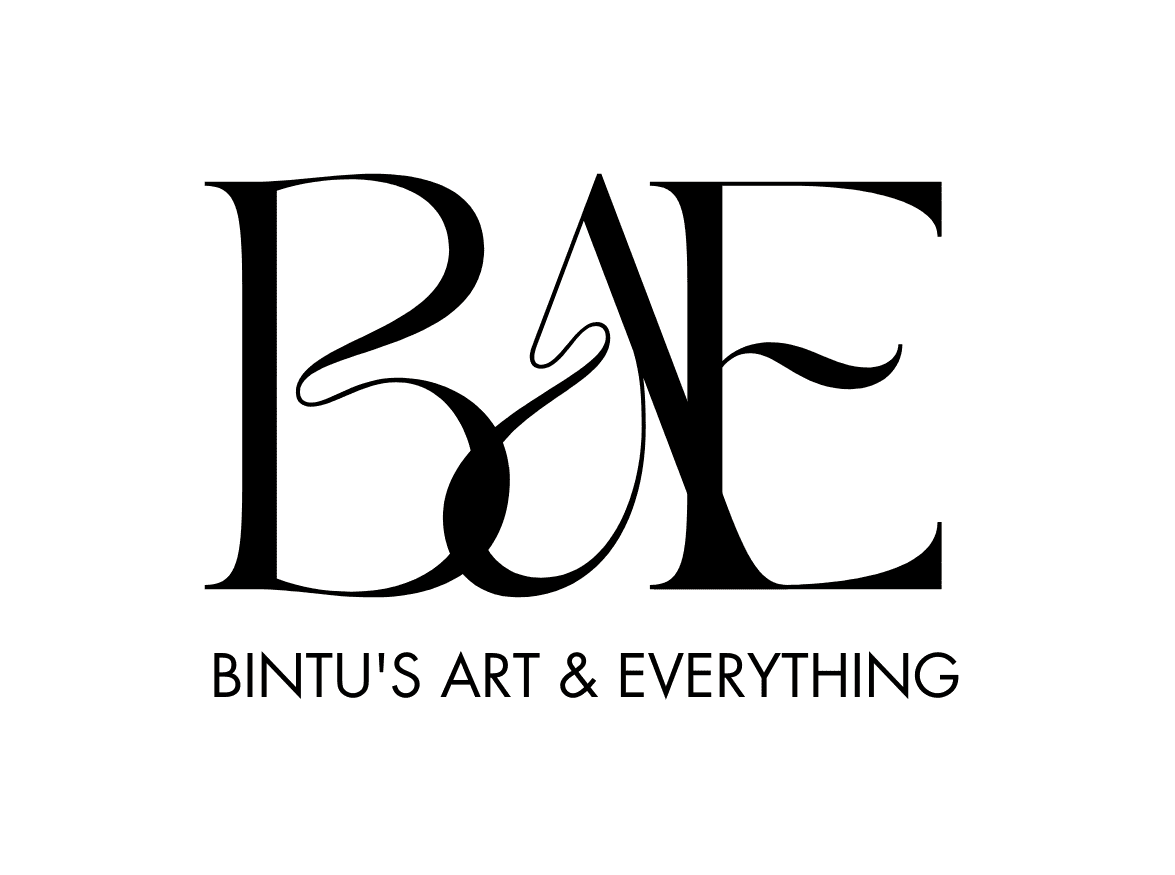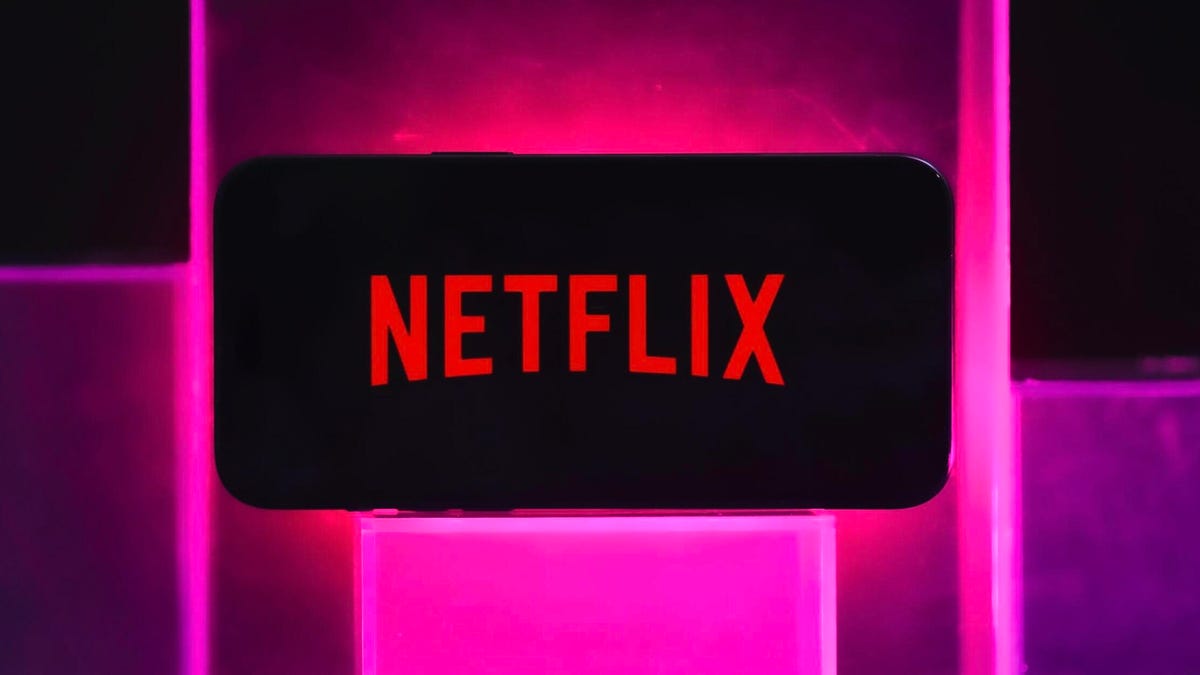Netflix is quietly showing the world what the future of entertainment could look like. In its latest announcement, the streaming giant confirmed that it used generative AI in the upcoming movie Happy Gilmore 2, and this move is just the beginning.
The company is not only using AI for visual effects but also for advertising, recommendations, and even creative exploration. It is clear that Netflix wants to lead the new wave of AI-powered storytelling.
Netflix goes all in on AI
In its quarterly letter to shareholders, Netflix said it sees a “significant opportunity” in generative AI. The company believes that AI can help creators tell better stories, produce content faster, and find new creative directions. According to Netflix CEO Ted Sarandos, the company is “all in” on using AI to enhance how stories are made and shared.
Netflix has always been a tech-driven company, but this time, it is pushing further. The use of AI in Happy Gilmore 2 marks one of the first real steps in bringing generative AI into mainstream film production. In the movie, AI was used to de-age characters in the opening flashback scene, making them look younger and more realistic without heavy makeup or long editing hours.
AI as a creative tool, not a replacement
Netflix says AI is not replacing human creativity. Instead, it gives writers, producers, and artists better tools to work with. Sarandos made it clear that while AI can speed up production and improve visuals, it cannot automatically make someone a great storyteller. In his words, “It takes a great artist to make something great.”
This approach shows that Netflix understands the fine line between innovation and creativity. The company wants to use AI to enhance the creative process, not control it. For example, AI has helped with pre-production work for another Netflix project called Billionaires’ Bunker.
The team used AI to explore costume ideas and set designs before filming began, saving time and costs while improving creative planning.
Beyond movies, AI in Netflix’s wider system
AI is not new to Netflix. The platform has been using machine learning for years to power its recommendations, understand viewer preferences, and personalize thumbnails. Now, it is expanding this to generative AI. Netflix is even testing a new “conversational search” tool that allows users to type natural questions like “show me a funny movie for a Friday night” and get more personalized suggestions.
AI is also making its way into Netflix’s advertising business. The company is using machine learning to test and optimize ad formats and placements. By 2026, Netflix aims to test dozens of new ad types using AI, improving both creativity and revenue efficiency.
The promise and the worry
While Netflix is confident about the potential of AI, not everyone shares the excitement. Critics argue that AI-generated scenes could reduce originality in films and lead to over-reliance on technology. Some Hollywood professionals fear that AI might replace real jobs or blur the line between human art and machine creation.
Netflix, however, says it is aware of these concerns. The company has released internal guidelines for how AI can be used responsibly in production. It stresses that creative control will always stay with humans, and that AI is just a supporting tool to make storytelling more efficient and visually appealing.
Why this matters for the entertainment industry
Netflix’s experiment with Happy Gilmore 2 could change how other studios think about AI. If the results are impressive and well-received by audiences, more production houses might start using AI for editing, design, and visual effects. AI could reduce costs, shorten timelines, and open new creative possibilities that were once too expensive or time-consuming to achieve.
At the same time, Netflix’s bold move could push other streaming platforms like Disney+, Amazon Prime, and HBO to expand their own AI efforts. The competition to create smarter, faster, and more immersive content is only getting stronger.
A glimpse into the future of storytelling
The use of AI in Happy Gilmore 2 is just the start. As generative AI tools evolve, we might see even more advanced uses, such as creating entire virtual scenes, helping with script ideas, or simulating realistic voices for dubbing. For viewers, this could mean better quality, smoother visuals, and more creative stories.
Netflix’s decision to embrace AI shows how fast entertainment technology is changing. The company’s mix of creativity and innovation could set the tone for the next generation of filmmaking. Still, the heart of storytelling remains the same, as Netflix’s CEO reminds everyone, “AI can help you tell a story better, but it can’t tell the story for you.”
The Bottom Line
Netflix’s use of generative AI is both exciting and cautionary. It shows how technology can empower creativity while raising questions about its limits. The company is taking a big step into the future, but it’s doing so carefully, making sure that technology serves human imagination and not the other way around.
In the end, Happy Gilmore 2 might be more than just another sequel. It might be the first real example of how AI and human creativity can work together to shape the future of movies. And if Netflix succeeds, other entertainment giants will likely follow, making AI a permanent part of how stories are told.
Also Read:Netflix Stock Dips After Elon Musk Calls for Subscription Cancellations

